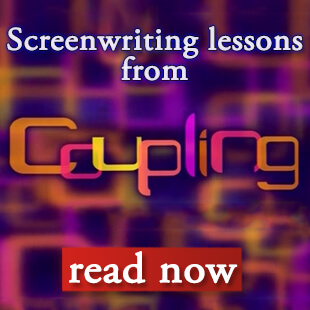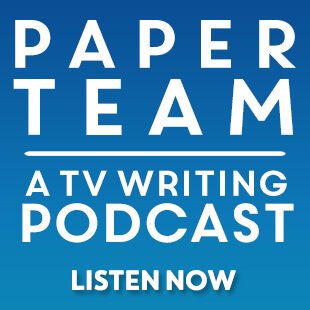You’ve probably heard a lot of people talk about the A plot, B plot, and sometimes C plot when referring to TV shows, episodes and general TV writing.
So, what does “A/B/C stories” mean in the context of scripts?
Simply put, the term refers to the different narrative and story threads in your TV episode.
The “A story” will be the primary focus of your story. Meaning it will usually be about the lead and have the most amount of scenes (i.e. screen-time).
The “B story” is generally a parallel storyline headed by more secondary characters.
The “C story” (and deeper in the alphabet), also called a “runner“, are about ongoing/macro stories that pay off long-term (or, in the case of some comedies, quick gag scenes).
In procedurals, rule of thumb is that the A story will be centered on the “case of the week”, while the B story is the personal aspect of the leads. The C story is almost always some kind of “runner” that will have a long-term impact on the season arc.
For example: a detective is investigating a crime of passion (A story) while dealing with her own messy divorce (B story) and the precinct is trying to add new blood to the team (C story).
Even serialized or “macro” procedurals (like The Missing, The Fall or Broadchurch) have their A stories dedicated to the crime of the season, and how they impact the leads.
In more serialized shows, the A/B/C stories will often be divided based on characters and themes.
The Game of Thrones pilot has an A story all about Ned Stark and his family, while the B and C stories are split between Jaime/Cersei and Daenerys/Viserys.
Breaking Bad‘s pilot is almost a complete through-line A story about Walt, with some looser threads with Jesse and Skyler.
How much weight do you give each thread?
The real focus of your episode should be the A story. That’s the meat of the episode since it’s about your main character — and therefore requires many story beats to achieve a compelling character’s journey. Once you’ve figured that out, you can work from your other characters and fill in other narrative needs.
Some B and C stories directly come from the A story. Maybe the main character generates a problem in her A story, which snowballs into a secondary character having to deal in the B story with something related to that A problem.
Watch 24 and its pilot for an excellent illustration of the A story spiraling out into more threads. You can also look at Friends, where the characters’ storylines revolve around their personal and professional lives.
The pacing of a TV show is often dictated by the A/B/C stories, and how quickly you alternate (or “cut”) between them. The shorter the scenes and faster the cuts, the more fast-paced it will seem. This is a trick used in “montages” (think of any show with a pop music montage at the end).
On the flip side, you can stay with a singular scene or storyline for a long time, and build up the tension.
Ideally, those A/B/C threads will echo one another, and connect with each other at some point in the episode.
If you do cut back-and-forth at a furious speed, then there needs to be some kind of correlation between the threads — otherwise you’ll leave your audience and reader completely lost.
Should you limit yourself to three threads?
Well, once again, it depends on the show you’re writing.
For half-hours/comedies, you’ll find an A and B TV story, with at most a C “runner” of one or two scenes. There just isn’t enough real-estate to have more.
The A story will already have, say, three beats an act (meaning upwards of nine for an entire episode), while the B story will have two (so six scenes total). There’s only going to have room for a couple of C scenes if need be.
For one-hours/dramas, the amount of threads varies greatly based on the genre and format of that series or episode.
You can take a look at How to Get Away with Murder for an extreme example of a serialized show that runs the gamut of the alphabet. It’s juggling with so many side-storylines (since it’s a primetime soap) to burn through story and keep its narrative momentum going. Whether or not it’s successful at pulling off this pacing is up to your preferences.
Better Call Saul is a good counter-example of a show very focused on its A (and occasionally B) storylines, which rarely deviate into other threads. That’s because Saul (or whoever the episode’s focused on) is truly the driving lead of the story. Look at Dexter for another idea of A stories filling almost all the episode.
Very few dramas (perhaps only single-episode anthologies) just have an A story for that hour. That’s because, to maintain dramatic tension, you’ll want to cut away to something else.
The fewer the stories, the more important it is to have a compelling narrative and characters that propel you through the script. You don’t have the luxury to “cut away” to something else, which can be a double-edged sword.
The first half of Breaking Bad‘s “Ozymandias” episode makes the best case for an A-only episode, but it has the benefit of being the payoff to a 5-year-long journey. In other words, not something you’d want to bank on in every episode.
You may think that TV structure seems very rigorous and pragmatic — and in some way a TV series storyline is exactly that.
It’s a bit like musical composition. There are rules to creating a music sheet, but it’s up to you to fill that abstract document with a fun and unique melody.
Write on.





